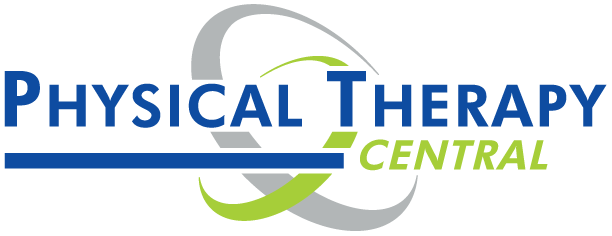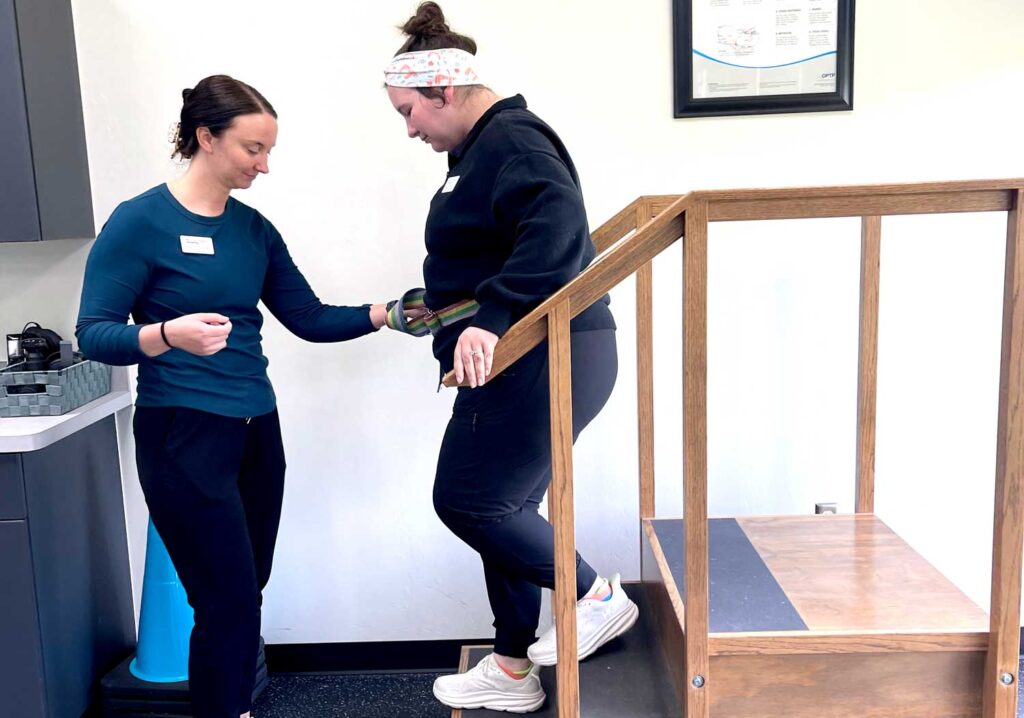Many exercises and stretches can help with hip pain, but it is essential to know which ones to avoid and incorporate into your routine. Physical therapy can help guide you through exercises specific to your condition and lead to pain-free movement, whatever the cause. Many common exercises that can help with hip pain are straight leg raises, monster walks, and bridges, but sometimes just going on a walk can help!. Resistance exercises are also beneficial when done carefully with proper guidance. Regardless of the cause of your hip pain, stretching and exercising all of the connecting tendons and muscles like the hamstrings and hip flexors is essential. This allows you to maintain and increase your range of motion while reducing the strain on your hips. Even if you do not have hip pain, doing physical therapy exercises focused around the hips helps minimize the possibility of any hip injuries or conditions.
Find Out If Physical Therapy Is Right For You
Schedule an appointment with a licensed physical therapist to help recover from your chronic pain through hands-on manual therapy.
Common Causes of Hip Pain
Hip pain is very common and can affect people at any age. This is due to various causes that result in hip pain or loss of function. The location of the hip pain can help determine the exact cause of your discomfort. Pain in the groin area can often signify a core muscle injury or a pelvic floor issue. Core injuries are often the result of overusing or straining the muscles or soft tissues in the hip, groin, or abdomen during rigorous physical activity. Injuries like this can cause pain to refer to the hip when the root problem could be somewhere else. Another common hip condition that is often developed with age is bursitis. Bursitis occurs when fluid-filled sacs surrounding and protecting your hip joint becomes irritated or inflamed. This condition results in pain that can be constant regardless of whether you move your hip or stay still. Highly active individuals are prone to hip injuries or conditions like tendonitis or hip impingements. Tendonitis can occur when the tendons are strained or overused when individuals participate in activities that involve repetitive motions. Hip impingements are also very common in highly active patients but typically develop at a younger age when intense physical activities cause a patient’s hip bones to develop improperly. Not only can this cause pain and loss of mobility, but it can also increase the risk of other hip conditions if left untreated. Hip fractures are another common cause of severe hip pain and are often the result of a fall or a traumatic impact injury. The risk for hip fractures increases with age as the bones become more brittle and weak. If left untreated, hip fractures can result in conditions like avascular necrosis, in which the blood supply to the hip bones decreases, resulting in bone tissue death. Discovering the cause of hip pain is the first step to recovery and finding solutions that work for you.
Low Impact Exercises for Hip Pain
Maintaining movement is a crucial aspect of healing hip injuries. There are various ways that patients can do this, and it is vital to find the best method for you. Simple activities like walking or stretching are excellent easy ways to keep moving and recover from a hip injury. Walking can be done indoors or outdoors, but some patients find that using a treadmill can be safer, especially if the injury creates balance problems. Stretching or yoga exercises are an additional way to help stay active while also strengthening muscles and increasing range of motion. Another low-impact exercise that can help with hip pain is swimming. Swimming is an excellent way to build strength and gain flexibility without placing too much strain on the hip joints or muscles. Low-impact exercises like these are perfect for beginning the recovery process:
- Knee Lifts- Lie on the floor on your back with both legs extended. Bend your leg and pull it up towards your chest while keeping the other leg flat against the floor. Pull your leg in towards your chest by keeping your hands at the top of your knee. Hold this position for 10-15 seconds and then release your leg and gently lower it back towards the floor. Repeat for both knees.
- Hip Flexion- Stand straight and hold onto something sturdy for support like a wall or table. Gently raise your leg with your knee bent at a 90 degree angle. While keeping the other leg straight, raise your leg until your knee is at the same level as your hip. If this is uncomfortable, adjust the height for your comfort. Stay in this position briefly before lowering your leg again. Repeat several times for both legs.
- Quadricep Sets Exercise- Lie flat on your back with both legs flat against the floor. While keeping your entire body flat against the floor, flex your feet and pull your toes back towards your head. At the same time push the back of your knees into to the floor. Remain in this position for a few seconds and then release. Repeat this exercise at least 5 times.
Relieving Chronic Hip Pain Through Stretching
Stretching can make a monumental difference in relieving hip pain regardless of the cause. The muscles connected to your hip function require strengthening to recover from an injury. However, it is essential to do stretches with a trained professional like a physical therapist to avoid increasing pain or risk of injury. Some stretches, if done incorrectly, can increase pain or irritate a preexisting condition. Physical therapy is an excellent first step to recovery and learning how to help reduce chronic pain and prevent re-injury. Your physical therapist will provide a helping hand to guide you through strengthening your hips, increasing mobility and function while reducing pain, and allowing you to return to a healthy and active lifestyle.


